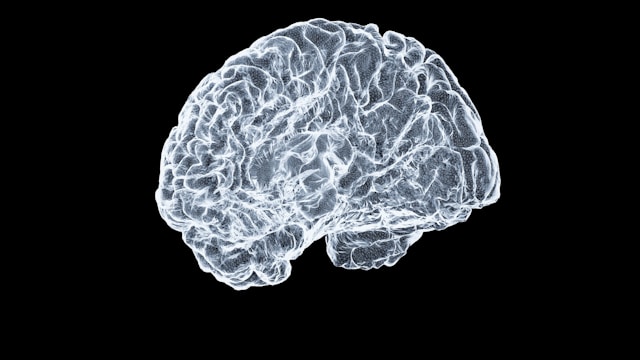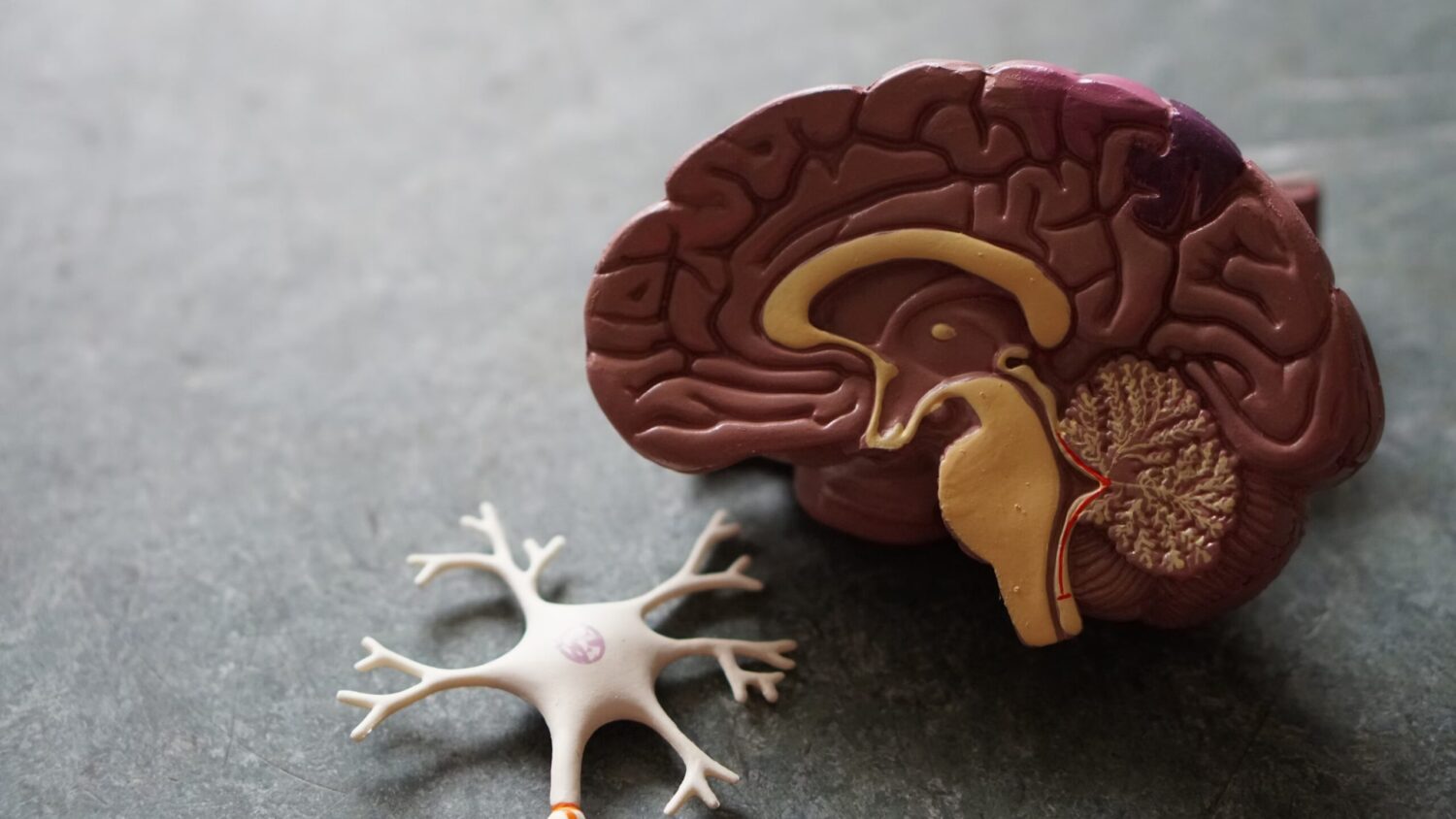Authors:
Torshin I.Yu. 1* , Gromova O.A. 2* , Sardaryan I.S. 3* , Fedotova L.E. 3*
1* FSBEI in the Moscow Physics and Technical Institute, Dolgoprudny, Russia;
2* FSBEI in the "Ivanovo State Medical Academy" of the Ministry of Health of Russia, Ivanovo, Russia;
3* Federal State Budgetary Institution “St. Petersburg State Pediatric University” of the Ministry of Health of Russia, St. Petersburg, Russia
Place of publication:
a journal of neurology and psychiatry, 1, 2017; Ext. 2
Summary:
Purpose of the study. Comparative chemorectic analysis of the Mexidol molecule (ethylmethylhydroxypyridine succinate) with control molecules (alpha alphascerate, piracetam, glycine, semax). Material and methods . Comparisons of the chemical structure of Mexidol with molecules in the database of human metabolism and molecules in the databases of drugs. More than 40,000 compounds given in the HMDB (Human Metabolome Database) were used as a human metabolism. Results and conclusion. Hemorestom analysis showed that Mexidol can be an agonist of acetylcholine and gamut-a receptors; anti -inflammatory agent, the effects of which occur due to inhibiting the synthesis of pro -inflammatory prostaglandins; neuroprotective agent with neurotrophic properties; coagulation inhibitor; sugar -lowering and hyalipidemic agents. Mexol molecules are distinguished by a more pronounced safety profile (less impact on serotonin, dopamine and adrenergic receptors, a lower degree of interaction with potassium potatoes, Mao enzymes and p450 cytochromas). The results of modeling allow at the molecular level to clarify the mechanism of action of the Mexidol molecule.









